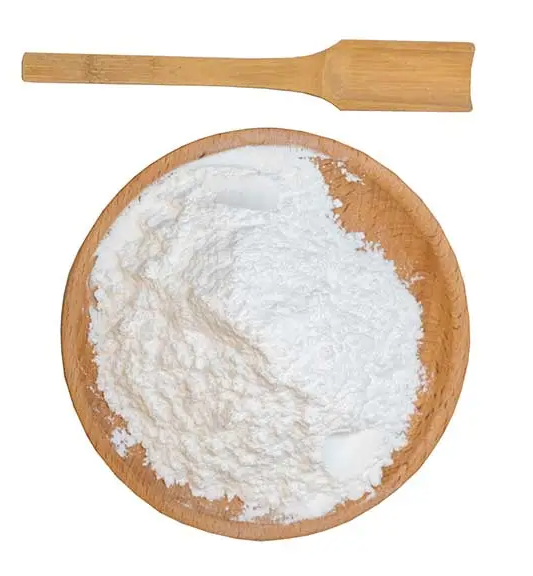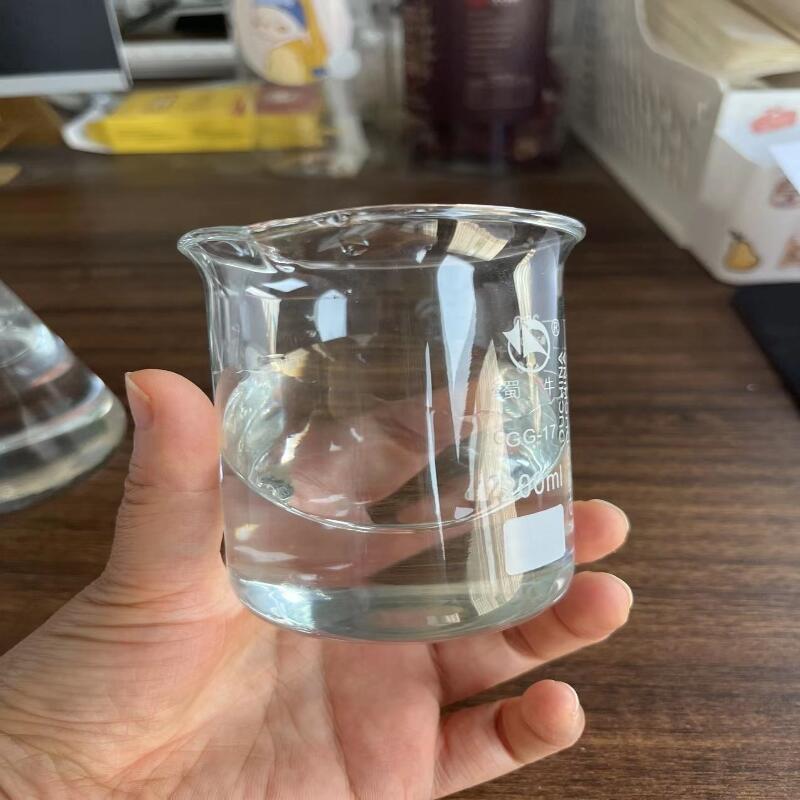-
Categories
-
Pharmaceutical Intermediates
-
Active Pharmaceutical Ingredients
-
Food Additives
- Industrial Coatings
- Agrochemicals
- Dyes and Pigments
- Surfactant
- Flavors and Fragrances
- Chemical Reagents
- Catalyst and Auxiliary
- Natural Products
- Inorganic Chemistry
-
Organic Chemistry
-
Biochemical Engineering
- Analytical Chemistry
-
Cosmetic Ingredient
- Water Treatment Chemical
-
Pharmaceutical Intermediates
Promotion
ECHEMI Mall
Wholesale
Weekly Price
Exhibition
News
-
Trade Service
The production process of grape in the chemical industry involves several steps, each of which is critical to the overall success of the process.
The grape plant, a type of Vitis vinifera, is primarily used for the production of wine, but it also has numerous other industrial uses.
In this article, we will take a closer look at the production process of grape in the chemical industry.
Step 1: Harvesting
The first step in the production process of grape is harvesting.
The grapes are typically harvested in late summer or early fall, when they have reached their optimal maturity.
The grapes are typically hand-picked or machine-picked, depending on the scale of the operation.
Careful sorting and selection is done at this stage to ensure that only ripe and healthy grapes are used for the production process.
Step 2: Crushing and Destemming
Once the grapes have been harvested, they are transported to the winery for processing.
The first step in the winemaking process is crushing and destemming.
The grapes are placed in a crusher, which breaks them down into individual berries.
The stems are then removed, and the berries are left intact.
Step 3: Fermentation
The next step in the production process is fermentation.
The grape juice is transferred to a fermentation tank, where it is left to ferment for several days.
During this process, the sugars in the grape juice are converted into alcohol, and the juice becomes vinegar.
The length of the fermentation process and the specific conditions used, such as temperature and yeast type, will affect the final product.
Step 4: Aging
After the fermentation process is complete, the wine is transferred to an aging tank, where it is left to age for several months or years.
During this time, the wine is left to settle, and the sediment is removed.
The wine is also monitored for flavor, color, and other characteristics.
The length of the aging process will depend on the specific type of wine being produced and the desired characteristics.
Step 5: Filtering and Bottling
Once the aging process is complete, the wine is filtered and bottled.
The wine is run through a filter to remove any remaining sediment, and it is then bottled.
The bottling process is done using automated equipment, and the bottles are labeled and packaged for shipment.
Step 6: Quality Control
The final step in the production process is quality control.
The wine is tested for its alcohol content, acidity, and other characteristics to ensure that it meets the desired standards.
The wine is also taste tested to ensure that it meets the desired flavor profile.
Any wine that does not meet the desired standards is discarded or used for other purposes.
The production process of grape in the chemical industry is a complex and multi-stage process that requires careful attention to detail and a deep understanding of the specific requirements of the final product.
Whether the grape is being used for wine production or for other industrial purposes, the production process is critical to the overall success of the operation.
By carefully controlling each step of the process, it is possible to produce high-quality grape products that meet the desired standards.






